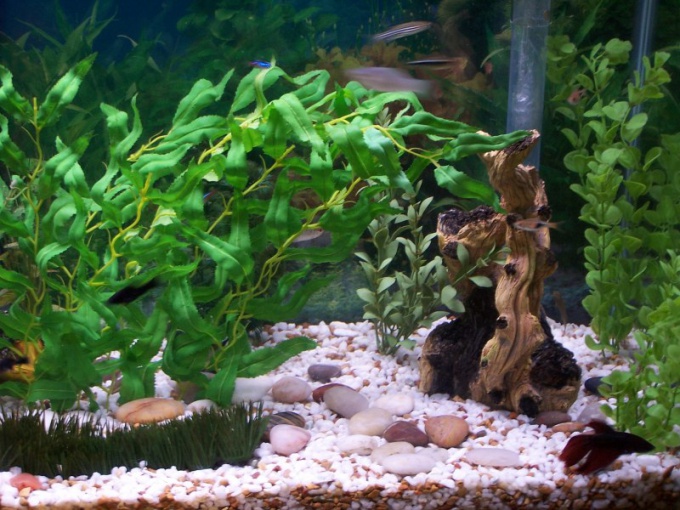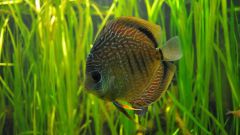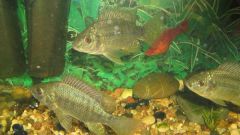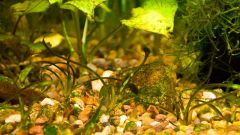You will need
- water;
- - large bucket;
- - sieve;
- hose;
- - siphon.
Instruction
1
On the eve of a scheduled cleaning of the aquarium, prepare the water that you pour after the procedure. Fill her a large bucket or pan and leave for 10-12 hours. During this time, the chlorine added at the treatment plants, evaporate, and contaminants and metals settle to the bottom.
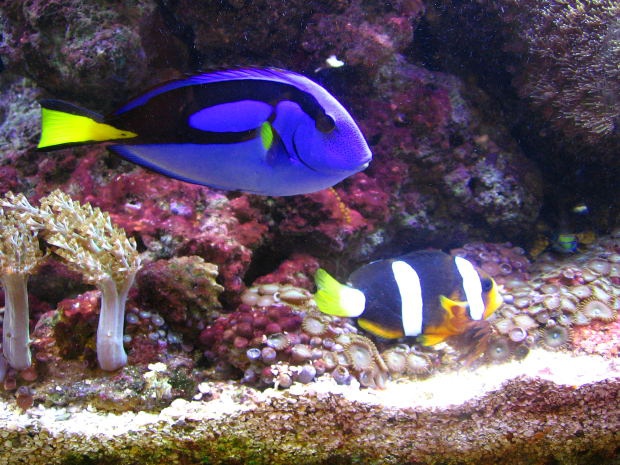
2
In case of strong contamination of the soiland get ready for a full cleaning of the aquarium. Catch all the fish and snails, remove plants and decorative items. Drain the water from the tank with a hose into a bucket or sink.
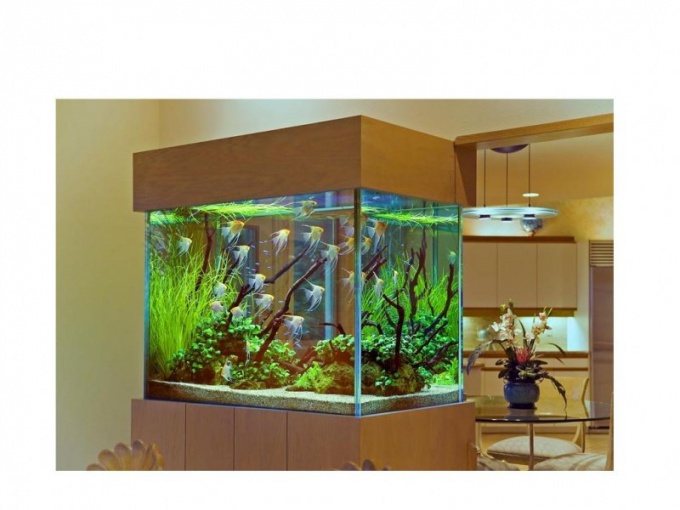
3
Pour into a bucket or basin with running water. Place in a strainer with holes 5-8 mm small quantities of contaminated soiland dip it in water so that the liquid covers the stones on 1-1,5 see then Shake the sieve from side to side, gently mix the soil by hand. Then pour it into any clean container and begin to wash a new batch. Do not try to achieve the perfect cleanliness of the stones, because the particles of humus deposited in them, are sources of power plants in the aquarium.
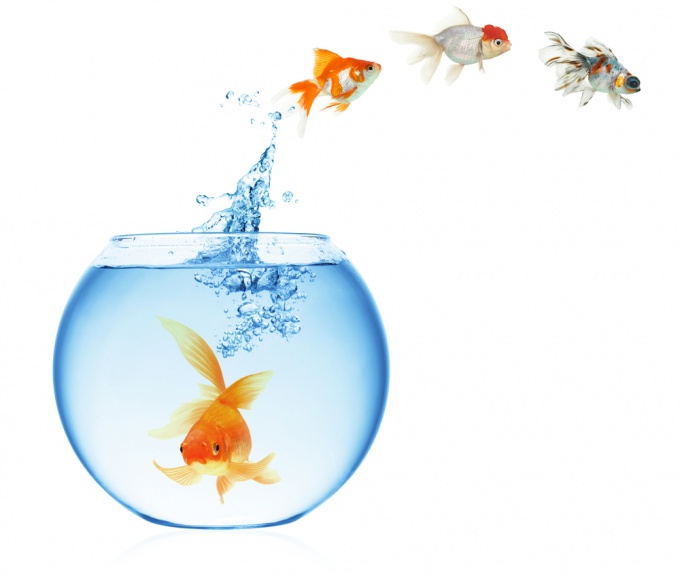
4
After all the soil is cleaned, wipe the aquarium inside with a sponge, wash the filter. Gently pour the stones back. Fill the tank separated by water, put the plants and decorations. After small suspension settles and the water becomes clear, run snails and fish.
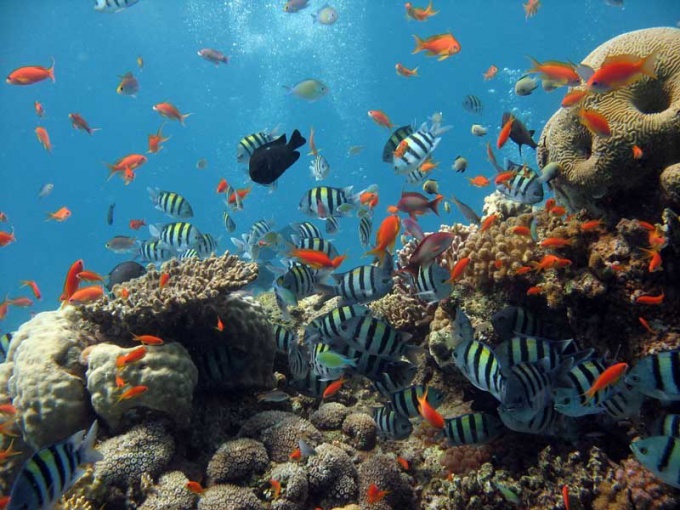
5
In the case of mild contamination of the soiland use the siphon. This device is a cylinder attached to the hose. The mechanism of action is based on the principle of communicating vessels. The siphon can be as industrial production made on their own. This cleaning requires the catching of fish and the release of aquarium water.
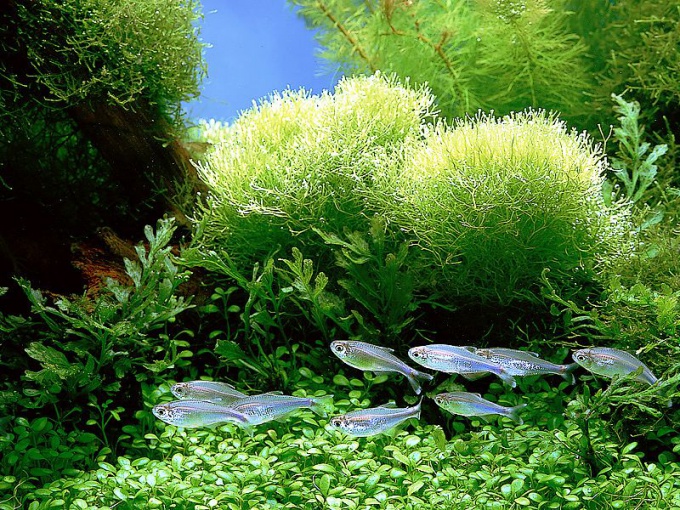
6
Fill up the siphon with water from the tap, close it with two fingers. Dip one end of the tube into the aquarium, the other in a bucket below. When you remove your fingers, the liquid from the tank will flow into the drainage container. It is not necessary to pour water directly into the sink or tub, because the siphon can get a small fish, snail or plant.
7
Immersing the device into the soilyou remove from it the impurities. For cleaning corners and hard to reach places, use a siphon with a narrow triangular tip. Experts advise not to clean the whole ground at once, because it violates the microbiocenosis of the aquarium. They offer to "siphon" about 40% of the stones during one procedure, each time focusing on different areas.
8
After cleaning refill the missing amount of liquid from the bucket of water prepared the day before.
Note
Do not use synthetic detergent and do not asprivate stones with boiling water. You will kill the bacteria involved in the life of plants and the maintenance of the microenvironment around the aquarium.
